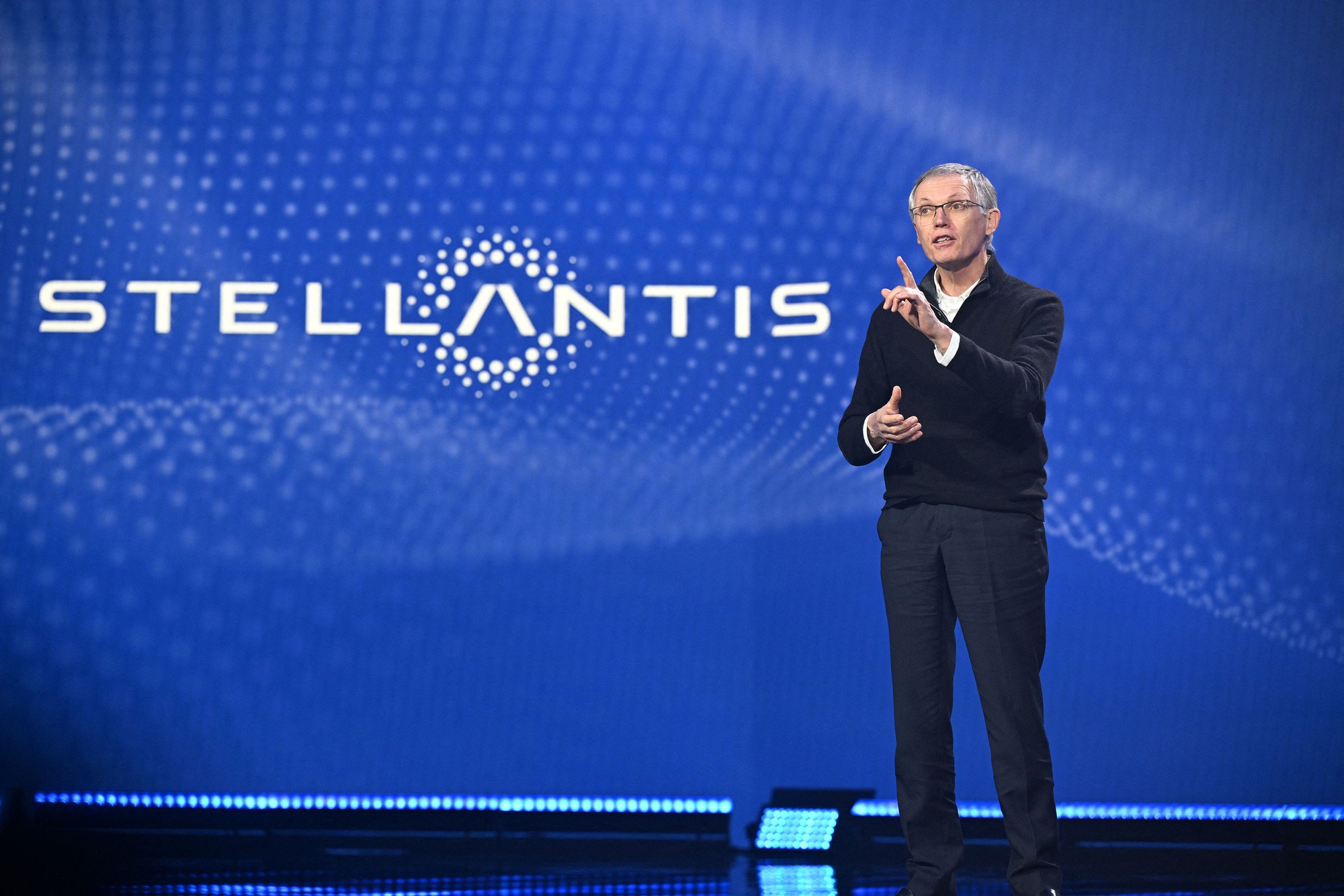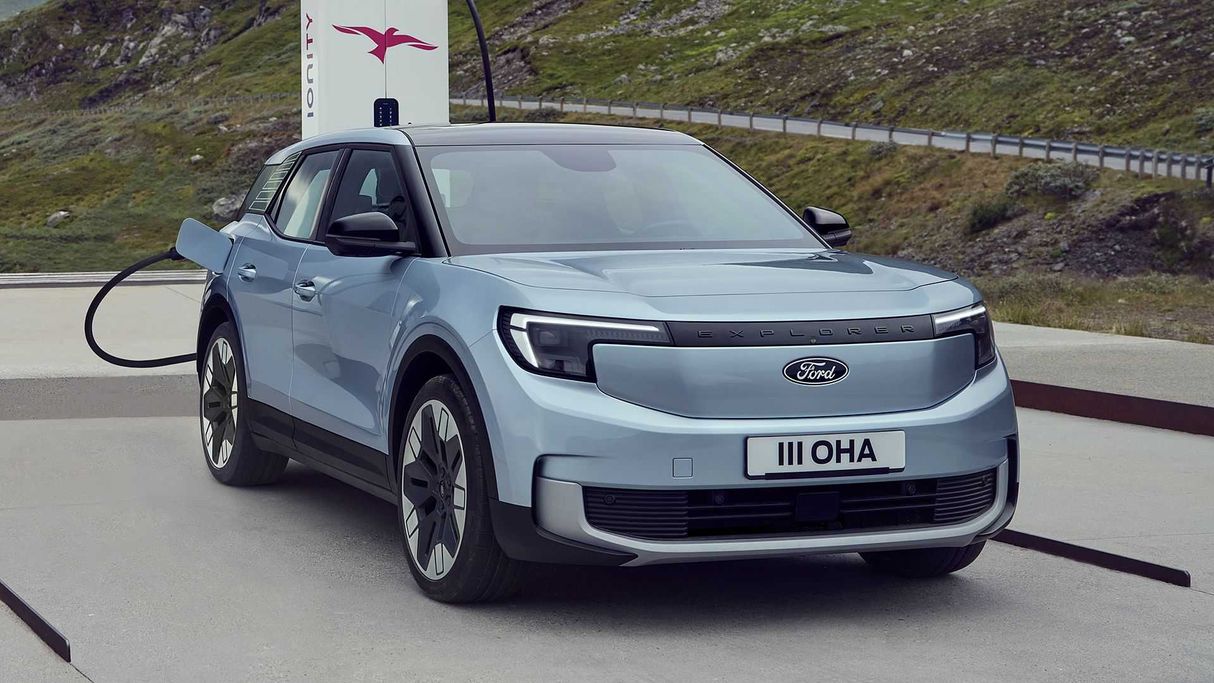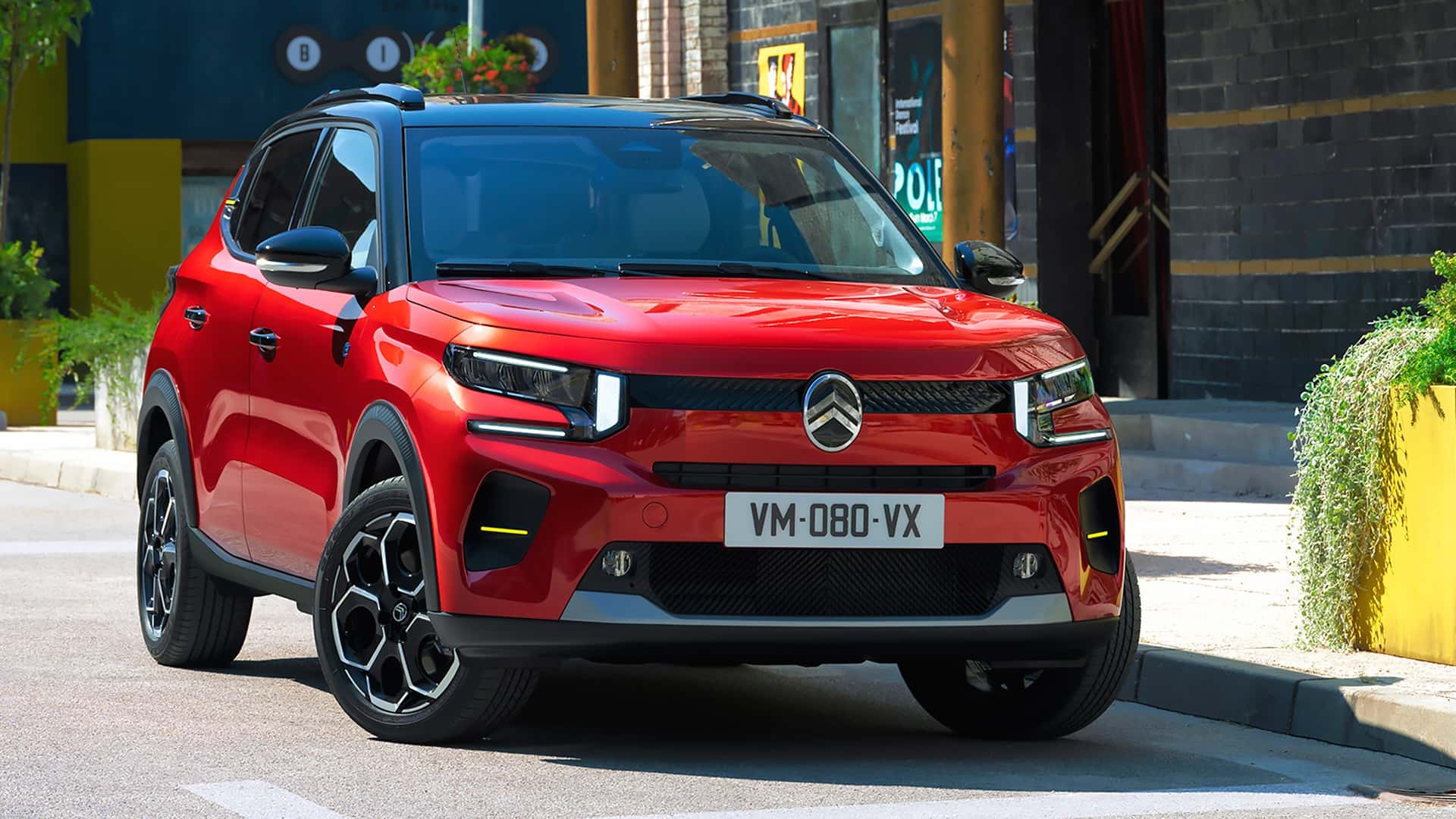THE UNPREDICTABLE RACE
According to Reuters, many experts believe that facing strong competition from Chinese rivals, major car manufacturers in Europe and the United States are having to push hard to reduce the production costs of electric cars in order to have low-priced products but still make equivalent profits to models using internal combustion engines.
In particular, Stellantis and Renault of Europe are trying to develop more accessible electric car models. These models may still have higher prices than equivalent gasoline models, but they will still be necessary as electric car sales in the US are showing signs of slowing down. Similarly, General Motors and Ford in the US are seeking collaborations that can help reduce the price of electric cars.
High prices have become a major barrier to greening transportation. Many manufacturers have made great efforts to keep up with Tesla – the leading brand in the US and Europe, but lower-priced Chinese models have shown another threat to their market share.
Stellantis CEO Carlos Tavares said: “If I don’t choose the long-term path, I can increase sales immediately simply by ignoring declining profits.” His statement came after Stellantis announced its full-year profit for 2023 and forecasted a difficult year ahead.

Stellantis CEO – Carlos Tavares. Photo: ROBYN BECK, AFP / Getty Images
Cheap Chinese electric car models appearing in Europe are seen as a catalyst for further development of affordable electric cars. BYD and many Chinese mainstream car brands are trying to bring more cars to Europe and other regions; American car manufacturers are concerned that Chinese automakers will set up factories in Mexico, bypassing US tariffs, and then bring cheap cars here.
Renault CEO Luca de Meo, when asked about price and profit, said that “of course, everyone is trying to reduce the production costs of electric cars” to achieve a level comparable to models using internal combustion engines.
After Renault announced its business results for 2023, CEO Luca de Meo said that the smaller the car, the easier it is to reduce the price because the manufacturer can reduce the size of the battery – the most expensive single component of an electric car, accounting for up to 40% of the cost. However, on the contrary, larger battery models are difficult to lower in price.
Currently, Ford is considering its battery strategy and has also established a dedicated team to design affordable electric car batteries that can compete with China’s BYD.
Ford CEO Jim Farley said: “We can compete better. We can switch to making cylinder batteries that can increase the price advantage. Perhaps we should do this with another manufacturer.”

Ford plans to collaborate to reduce the cost of electric car production. Photo: Ford
THE PROFIT EQUATION
Both American and European manufacturers are facing a difficult equation: they must reduce the price of electric cars while still maintaining the level of profitability expected by their investors.
Ford and General Motors are under pressure from investors to control spending on electric cars; Ford expects losses of about $5 billion to $5.5 billion for its electric car segment.
Last October, Citroen, a brand of Stellantis, introduced the e-C3, a cheap high-riding electric car with a starting price of around $25,000 to compete with Chinese rivals.

Fiat e-C3 can travel 320km per charge, with a starting price of more than 600 million VND in Europe.
According to Stellantis CEO Carlos Tavares, thanks to the decrease in raw material prices, the profit gap between electric and internal combustion engine cars is narrowing, and he hopes to accelerate this process.
The Fiat 500 is a popular small car in Europe. The starting price of this model is around $21,000 in the UK; however, the e500 electric version has a price starting from $35,500.
Renault’s CFO, Thierry Pieton, said that the electric Scenic model to be launched this year will have a starting price of about $43,000. He is confident: “Looking at competitors, including competitors from China, Scenic will have a very favorable position.”












